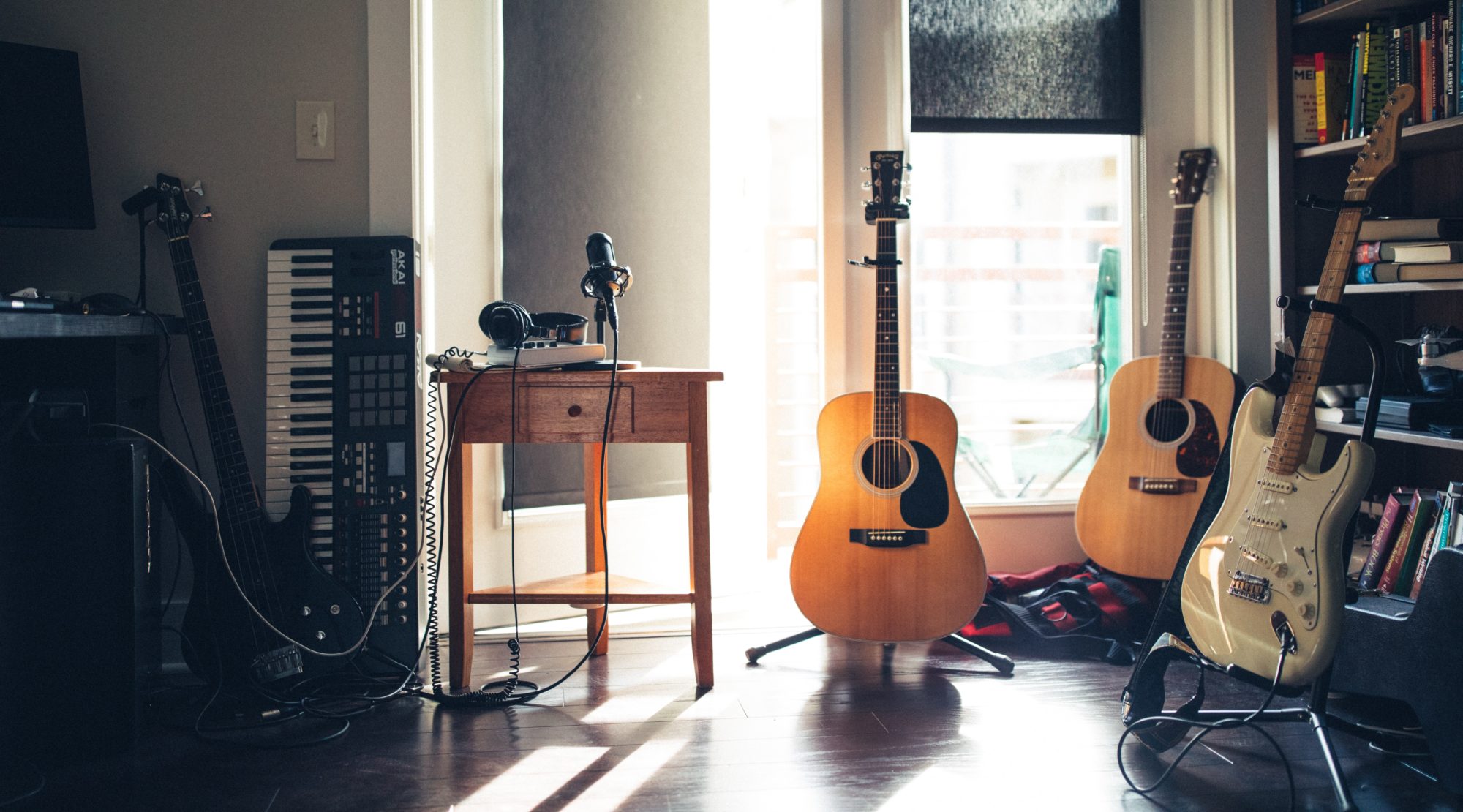This month has been a month of two very different stories: guitars and pedals.
On the guitar front, I’ve been very fortunate to find a couple of guitars that blew my socks right off. Proper love-at-the-first-note through an amp fairytale stuff. Fairytales don’t always have a happy ending, mind, so do check back in the months ahead to learn whether these do (or don’t)!
Pedals have been much more of a mixed bag. Good deals have been hard to come by this month, with a lot of people chasing a smaller pool of 2nd hand gear. Maybe it’s the summer months, or maybe it’s the renewed uncertainty here in Britain atm? Either way, I hope things pick up.
I’m doing something a bit different this month. Rather than try and squeeze my first impressions into 3 or 4 paragraphs (to keep these ‘New Arrivals’ posts short), I’ve started breaking them out into separate posts that I’m linking to from here. It gives me a bit more space to talk about each piece of gear. Do you like it? Or do you prefer the ‘all-in-one’ format I’ve been using up to now? Let me know in the comments below.
Continue reading “New Arrivals For July 2019”
